Taxodiaceae Learn more about Taxodiaceae
-
Taxodiaceae

Latin name: Taxaceae English name: YewFamily,TaxusFamily introduction: evergreen trees or shrubs. Leaves spirally arranged or crossed opposite, striate or lanceolate. Male cones solitary leaf axils or bract axils, or spikes concentrated at the top of branches, stamens numerous, each with 3-9 anthers, locules longitudinally lobed, pollen without air sac; female globules solitary or paired to leaf axils or bract axils, with numerous imbricate or cross-opposite bracts at base, ovules 1, erect, borne.
2019-01-15 -
Is the Zhongshan fir evergreen or deciduous?

Cunninghamia lanceolata is a plant of the genus Taxodiaceae, with a DBH of up to 2 meters; the bark is long flaky and brown; the branches spread horizontally; the crown is mainly conical and umbrella-shaped. So is the Zhongshan fir evergreen or deciduous? Is the Zhongshan fir evergreen or deciduous? Medium
2020-11-08 Zhongshan Chinese fir evergreen still deciduous yes Taxodiaceae -
Planting methods and cultivation techniques of Metasequoia glyptostroboides

Metasequoia glyptostroboides is a large deciduous tree of the genus Metasequoia of Taxodiaceae. Metasequoia glyptostroboides trunk straight and straight, magnificent tree shape, golden leaves, autumn leaves orange, is a famous garden ornamental tree. Metasequoia glyptostroboides can be found in parks, courtyards and lawns. Solitary planting, row planting or group planting in green space; it can also be planted in pieces to create scenic forests.
2018-09-08 -
Introduction of Cunninghamia lanceolata varieties what are the characteristics of Cryptomeria fortunei
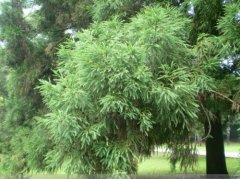
Cryptomeria fortunei is a variety of Cunninghamia lanceolata, which belongs to Taxodiaceae and Cryptomeria. It is so named because its leaves are smaller and shorter than other Chinese fir varieties, so it is called Cryptomeria fortunei. This
2019-04-02 Cunninghamia lanceolata varieties introduction short leaves Cryptomeria fortunei willow pictures characteristics -
What are the characteristics of metasequoia species?

The tree species of Metasequoia glyptostroboides are characterized by deciduous trees of Taxodiaceae. It can reach more than 35 meters in height and 2.5 meters in breast diameter. At the end of the trunk, the base is often inflated and the crown is conical. It is a precious tree species endemic to China. It belongs to ancient relict plants. Metasequoia glyptostroboides is adaptable, but likes warm and humid climate, deep, fertile and moist soil. Drought, barren, low temperature and saline-alkali are not conducive to the growth of metasequoia. Metasequoia wood has straight texture, light and soft material, small difference in shrinkage, and easy to process. Suitable for construction, furniture, agricultural tools, ships and other materials, can also be used as raw materials for papermaking. With
2019-01-15 -
A new excellent leaf tree-Metasequoia glyptostroboides

Metasequoia glyptostroboides (Metasequoiaglyptostroboides) is the only remaining species of Taxodiaceae and Metasequoia. The species was once thought to be extinct until it was discovered in Lichuan, Hubei Province in 1941, and then it was also found in Wanxian County, Sichuan Province. In 1947, the seeds of Metasequoia glyptostroboides were introduced to Arnold Tree Garden in the United States, and from there they spread to botanical gardens around the world. In 1948, Metasequoia glyptostroboides and its scientific name were officially named, and from then on in China and even in the world.
2019-01-16 -
The latest course of cultivation techniques and methods of Metasequoia glyptostroboides

Metasequoia glyptostroboides is a large deciduous tree of the genus Metasequoia of Taxodiaceae. Metasequoia glyptostroboides trunk straight and straight, magnificent tree shape, golden leaves, autumn leaves orange, is a famous garden ornamental tree. Metasequoia glyptostroboides can be found in parks, courtyards and lawns. Solitary planting, arrangement, or mass planting in green space
2020-11-10 The latest golden leaf metasequoia cultivation techniques methods tutorials golden leaves -
The difference between Torreya grandis and Torreya grandis

Torreya grandis and Torreya grandis are both Taxodiaceae, Torreya grandis, evergreen trees of the four seasons, and their names are similar, many people may not be very clear about the difference between them. The following editor will introduce the difference between Torreya grandis and Torreya grandis. I. the area of Torreya grandis and Torreya grandis
2020-11-09 Torreya grandis and Torreya grandis the difference between Torreya grandis and Torreya grandis -
Cultivation techniques of Metasequoia glyptostroboides

Metasequoia glyptostroboides (Metasequoiaglyptostroboides), alias Metasequoia glyptostroboides, Taxodiaceae. First, overview: is an ancient and rare tree species, known as "living fossils", for the national key protection of plants. In 1941, Chinese botanists first discovered it in Wanxian, Sichuan and Lichuan, Hubei, which caused a shock in the botanical circle of the world. Second, ecological characteristics: originating from China. Like a warm, humid and sunny environment. Strong adaptability, cold tolerance, shade tolerance, moisture tolerance, drought tolerance and drought tolerance
2019-01-16 -
Key points of cultivation techniques of Metasequoia glyptostroboides
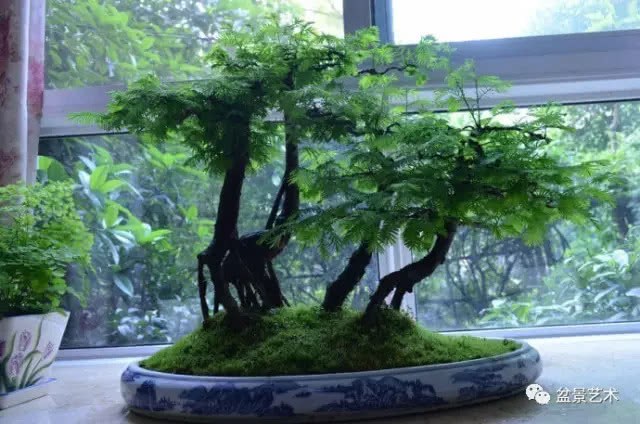
1. Ecological habits: Metasequoia glyptostroboides is a large deciduous tree of Cunninghamia lanceolata of Taxodiaceae. Originated in China, it is a relic plant and living fossil in ancient times, and it is one of the key trees protected by the state. Metasequoia glyptostroboides like sunshine, cold-resistant, shade-resistant, adaptable and deep in soil layer.
2018-10-11 -
Metasequoia glyptostroboides, a precious relict tree species

Scientific name: Metasequoaglyptostroboides family genus: Taxodiaceae, Metasequoia deciduous trees, precious relict plants in China. Metasequoia glyptostroboides has the advantages of rapid growth, strong adaptability, straight stem, less diseases and insect pests and so on. Wood is light and easy to process, but its strength is weak and it is not resistant to decay, so it can be used for construction, furniture, papermaking and so on. Metasequoia glyptostroboides has strong cold resistance, which requires moist soil and can grow in light saline-alkali soil. Huge tall and straight, luxuriant branches and leaves, changeable leaf color, suitable for concentrated afforestation or cluster planting.
2019-01-16 -
Sichuan style Bonsai Horticulture-- Luo Hansong
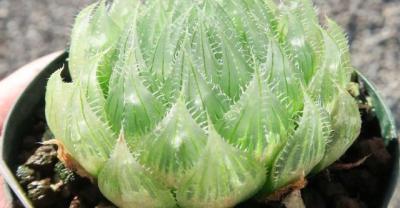
Luohansong, alias Taxodiaceae, Luohansong evergreen coniferous trees, up to 20 meters high, breast diameter up to 60 cm. It is often used as bonsai material and courtyard green.
2019-02-22 -
What is the price of Luohansong? the price list of bonsai.

What is the price of Luohansong? the price list of bonsai.
2019-03-04 -
When will Metasequoia glyptostroboides, a rare tree, lose its leaves? What is the medicinal value? How to keep and trim bonsai?

Metasequoia glyptostroboides, alias Alsophila, tall deciduous trees, up to 35 meters high. The tree is graceful and is a famous garden tree species. So when will it lose its leaves? What is the medicinal value? How to keep and trim bonsai? According to the data of Taxodiaceae, the leaves of Metasequoia glyptostroboides are arranged in two rows on the lateral branchlets, pinnate, and fall off with the branches in winter.
2019-03-21 -
Distribution, habits and cultivation methods of Australian fir
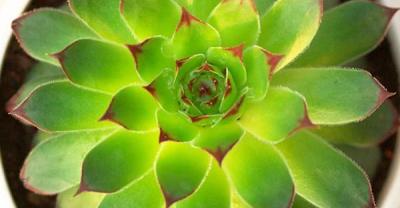
Alias: heterophyllous Araucaria, Norfolk Araucaria, fine leaf Araucaria. Scientific name: Araucaria heterophylla family genus: Araucaria family, Araucaria genus...
2019-02-27 -
What are the breeding methods and matters needing attention of Luo Han Song (alias Taxodium fortunei)? What's the use? How much is one?
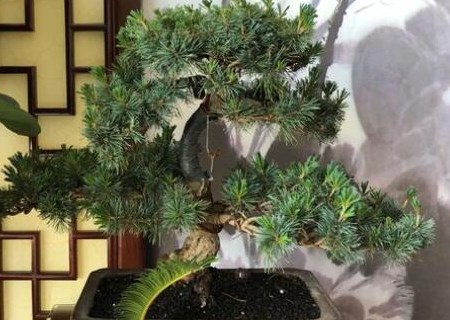
Luohansong, alias Taxodiaceae, Pinus elliottii, evergreen coniferous trees, distributed in many provinces and regions of China, cultivated in gardens as ornamental trees. So do you know the breeding methods and points for attention of Luohansong? What's the use? How much is a seedling? We know the latest price at the Luohansong market.
2019-03-17 -
Notes on Metasequoia bonsai

Growth environment Metasequoia glyptostroboides likes light, likes the warm and warm climate, its root system is very developed, it is very easy to grow. We can put more balconies and other places with better lighting conditions, which is conducive to its growth. Properly watered metasequoia must be watered regularly after planting, and the new roots that have just been planted have not yet grown.
2018-10-26 -
What are the characteristics of southern fir?

Cunninghamia lanceolata, not only can be a towering tree in nature, but also can be a small potted plant in the courtyard room. It is full of green and gives people a refreshing feeling. Let's learn some knowledge about it.
2018-05-04 -
Metasequoia has such characteristics.

Metasequoia glyptostroboides began in the Mesozoic Cretaceous and was thought to be extinct, but this ancient and rare tree species, known as "living fossil", was found again in Sichuan in 1941 and is endemic to China.
2018-05-04 -
Metasequoia, do you really know it?

Metasequoia glyptostroboides began in Mesozoic Cretaceous and was thought to have been extinct before, but this ancient and rare tree species was discovered again in Sichuan in 1941. It is called "living fossil" and is a unique tree species in China.
2018-05-04
